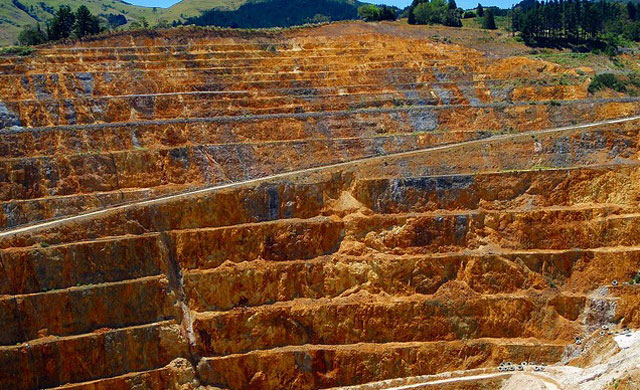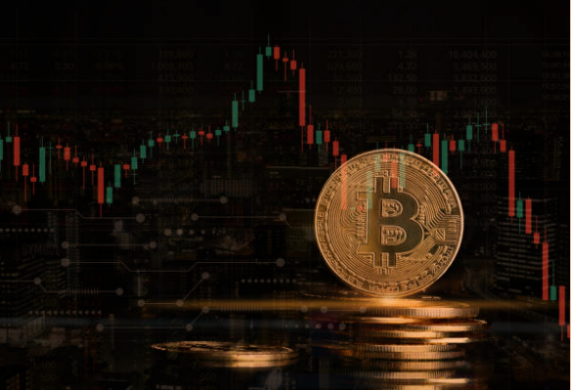In February I noted, in a series of Newsletters, the extraordinarily high level of the US equity market as measured by the ten-year cyclically adjusted price earnings ratio. It has only been this high in two years of the past 100: in 1929 and in 1999.

I followed that up in May with Buffett’s comments in his recent letter to BH shareholders ““the years ahead will occasionally deliver major market declines – even panics – that will affect virtually all stocks. No one can tell you when these traumas will occur – not me, not Charlie, not economists, not the media. Meg McConnell of the New York Fed aptly described the reality of panics: “We spend a lot of time looking for systemic risk; in truth, however, it tends to find us.” It is very unusual for Buffett to worry about major market declines.
A US market crash, if it should happen, is likely to ricochet around the world and therefore is a threat to our UK equity portfolios. Because the estimation of the probability of a US bubble followed by a crash is so important to us I’ve started to delve a bit deeper and wider.
This week I started to read a key book “Manias, Panics and Crashes” (2015) by Kindleberger and Aliber. I will summarise the relevant material in later newsletters. But right now I need to relate to you something that struck me in the introduction:
“Nearly every banking crisis in the last thirty years has been associated with a decline in cross-border investment flows that led to a decline in the price of a country’s currency. Every country that experienced a banking crisis had previously experienced an economic boom. These booms morphed into busts when the investment flows stopped.” (Aliber’s introduction)
Think of the Mexican crisis in the early 1980s; Finland and Sweden in the early 1990s; Asian countries in 1997; Iceland, Greece, Portugal, Spain, Ireland 2008 – 2012.
“An increase in cross-border investment inflows leads to higher prices for securities and currencies, and economic booms…..the dramatic surge in US real estate prices after 2002 followed an increase in foreign purchases of US dollars securities…….the surges in the credit supplies follow from increases in investment inflows and from domestic monetary expansion [e.g. Lehman Bros creating credit to lend to sub-prime borrowers]……..eventually one or several lenders recognise that the borrowers’ indebtedness is too large or has been increasing too rapidly, and the slowdown in the inflows triggers the crisis”. (Aliber’s introduction)
But America is different, isn’t it?
My first thought was………………………..To read the rest of this article, and more like it, subscribe to my premium newsletter Deep Value Shares – click here http://newsletters.advfn.com/deepvalueshares/subscribe-1

 Hot Features
Hot Features













